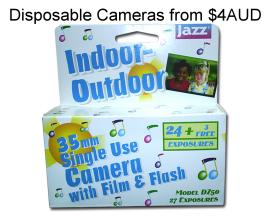TELESCOPES
11
DIMENSIONS: MAGNIFICATIONS USING FOCAL LENGTH
When a reflecting mirror is made, the depth of the parabolic curve on it's face determines it's focal length. The light is concentrated to a point and magnified by the eyepiece. The distance between the center of the mirror and the point of it being focused by the eyepiece is the focal length.
A refracting telescope's lens is similar except the light travels through the lens where it is bent by its curvature to the focal length and then magnified by the eyepiece.
Eyepieces also have focal lengths and these are written in millimeters on the side. When you know your telescope's focal length and also your


for schools
900/20 = 45 The magnification is 45x for the 20mm eyepiece.
900/4=225 The magnification is 225x for the 4mm eyepiece.
The diameter of the main mirror or lens of a telescope is the aperture (size). This is usually expressed in millimeters, but because of the American influence on telescopes a lot of the sizes are produced in inches. The typical apertures of reflectors are:
3"
4.5"
6"
8"
10"
12.5"
16"
18"
76mm
114mm
150mm
200mm
254mm
317.5mm
406mm
457mm


Contact Us - telescopes@adam.com.au
Australian Residents Please Call (08) 8381 3188
International Residents Please Call 61+ 8 8381 3188
Australian Fax Orders (08) 8381 3588
International Fax Orders 61+ 8 8381 3588
